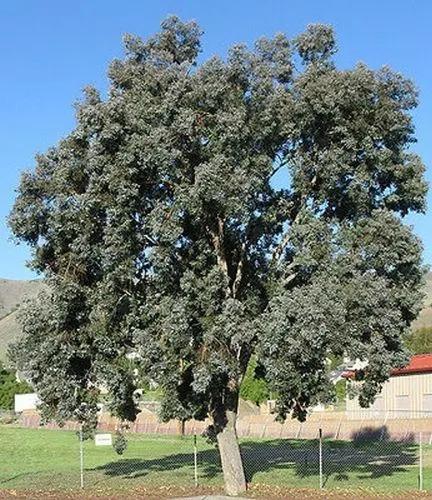Siberian larch is a species of coniferous trees from the genus Larch of the Pine family.
Larix Sibirica Care
Larix Sibirica
Other names: Siberian Larch, Russian Larch



A tree up to 30-40 m high and a trunk diameter of 80-100 (up to 180) cm. The crown of young trees is pyramidal, later becoming oval-round. The bark on old trunks is grayish-brown, thick, with longitudinal cracks, deeply grooved; on young ones it is smooth, light straw color. Apical buds are broadly conical; the lateral ones are hemispherical, yellowish-brown. The needles are soft, narrow-linear, 13-45 mm long, up to 1.6 mm wide, flat with a blunt tip, light green, with a bluish bloom, collected in 30-40 pieces in a bunch, located on one-year elongated shoots and on shortened, developing in the second year of life of the shoot. In autumn, the needles, like other species of larch, fall off. Male spikelets ( microstrobilae ) are single, spherical or oval, pale yellow, 5-6 mm in diameter, located at the ends of shortened shoots ; female - broadly ovate-conical, 10-15 mm long, purple or pink, less often pale green or whitish. Pollination occurs in May. Cones are ovoid or oblong-oval, first purple, then light brown or light yellow, 2-4 cm long, 2-3 cm wide, consist of 22-38 scales arranged in five to seven rows. Seed scales 13-20 mm long, 10-15 mm wide, with an even edge, rounded or ovoid, with dense velvety pubescence of red hairs outside. Covering scales are leathery, hidden between the seed. The cones hang on the tree after the seeds fall out, for another two to three years, then fall off, but do not crumble
Discover more plants with the list below
Popular articles






